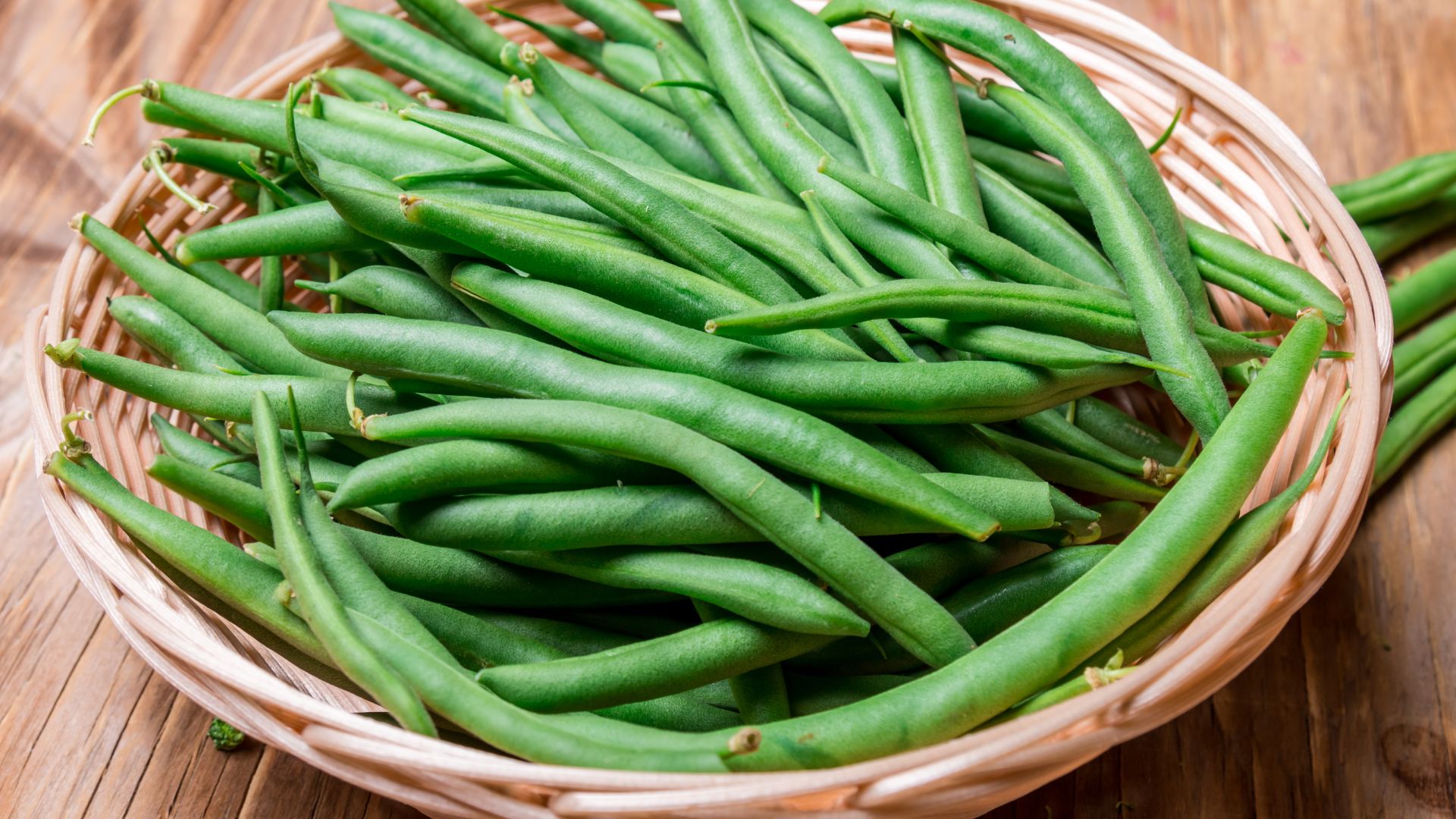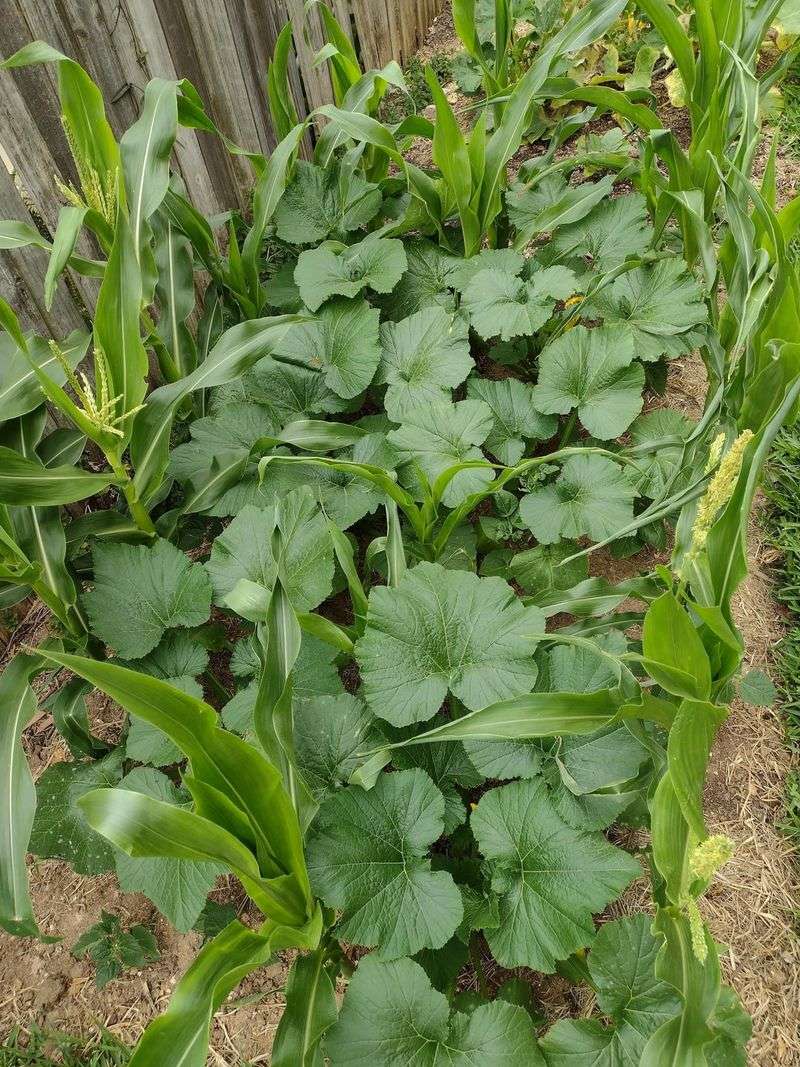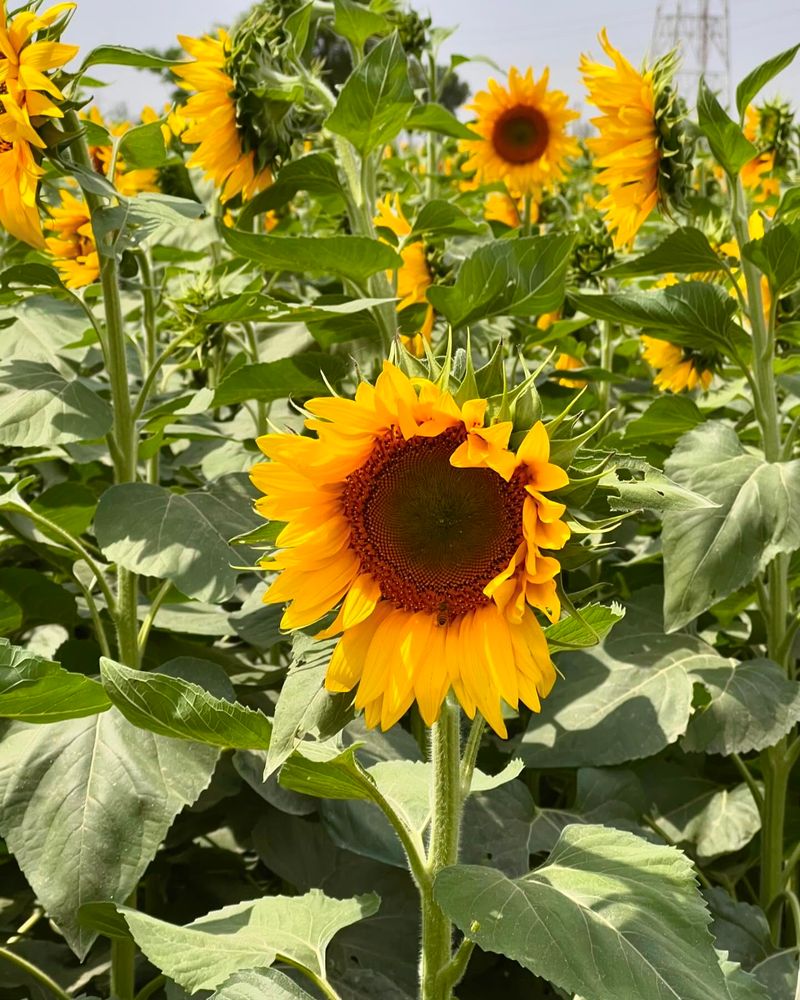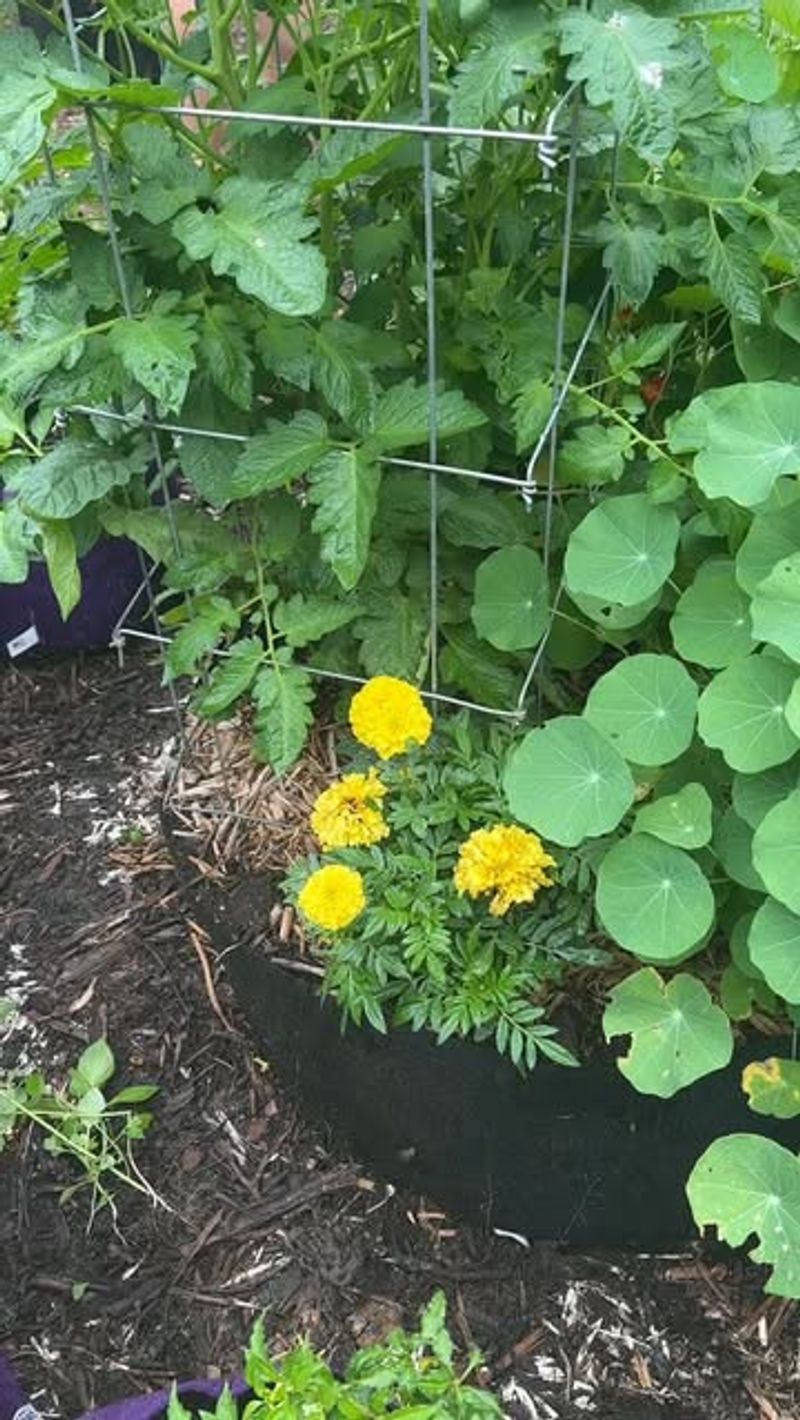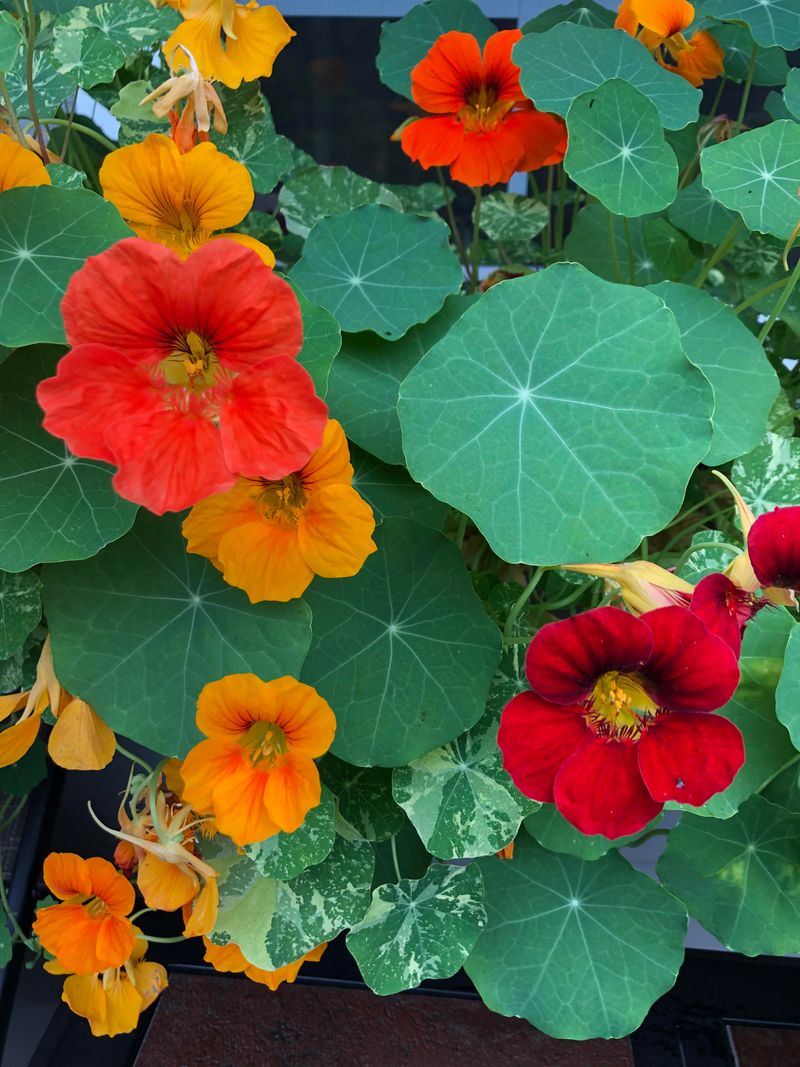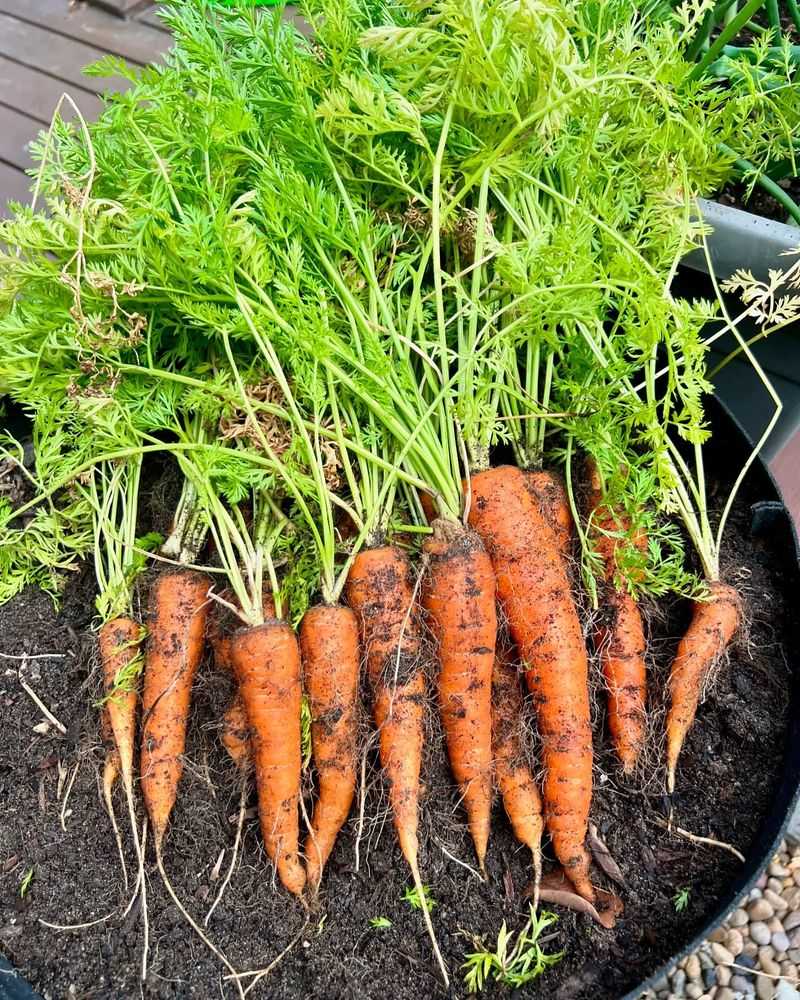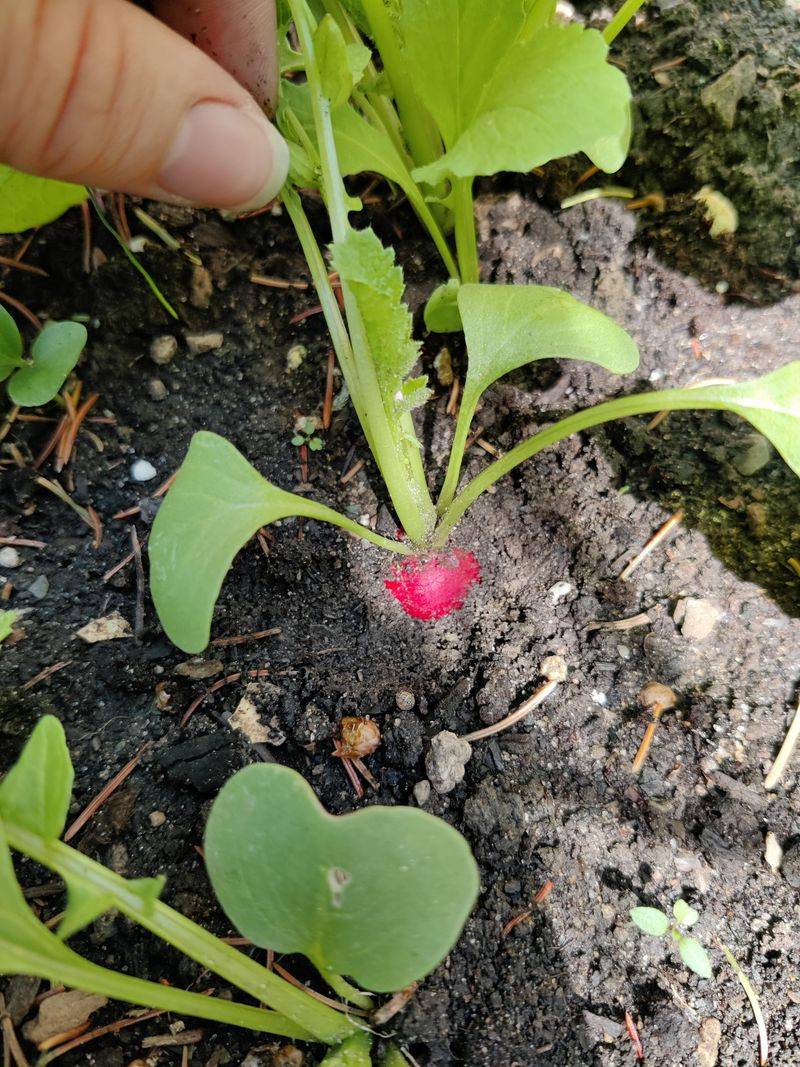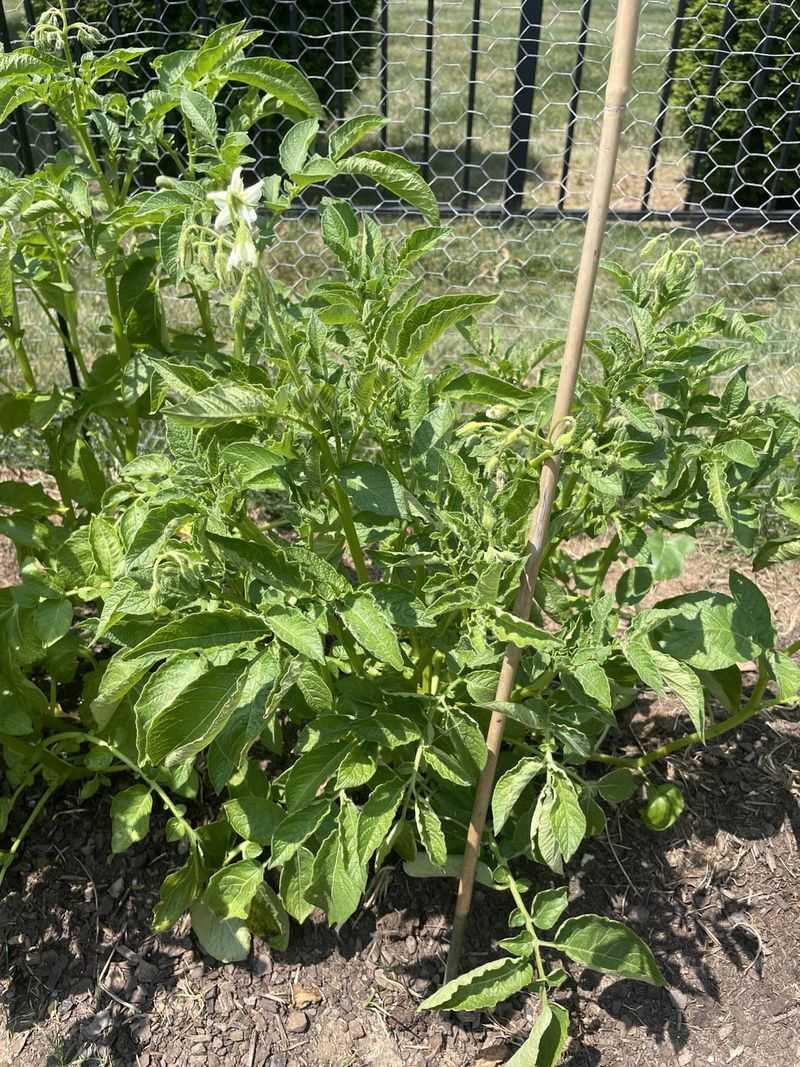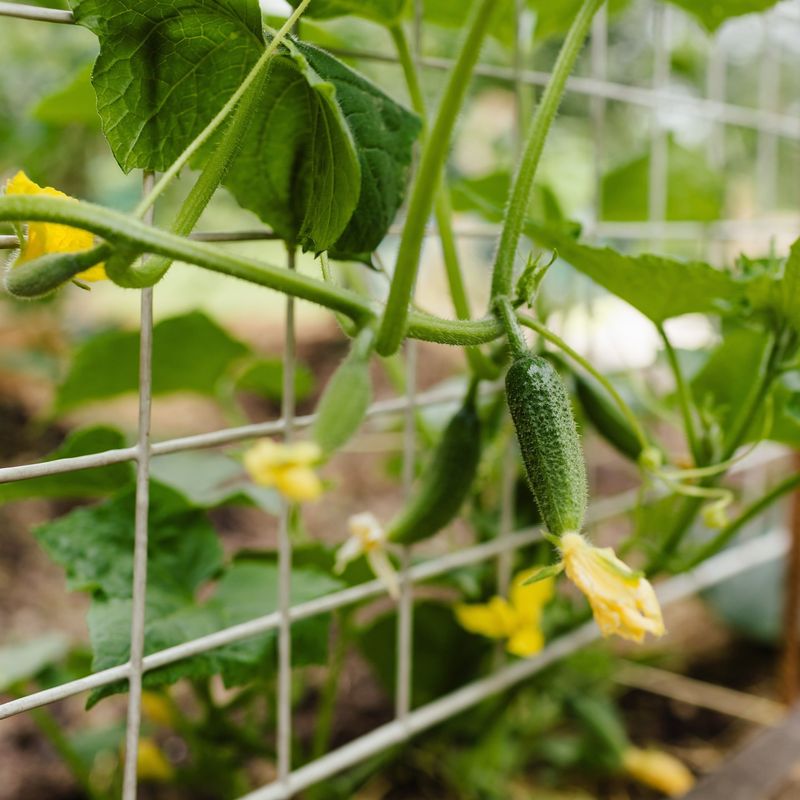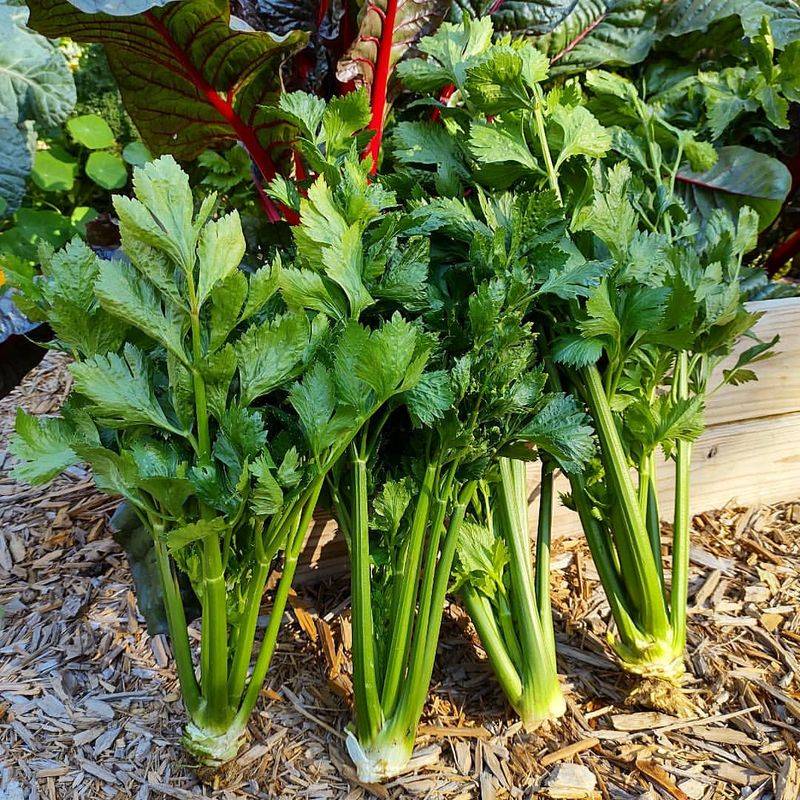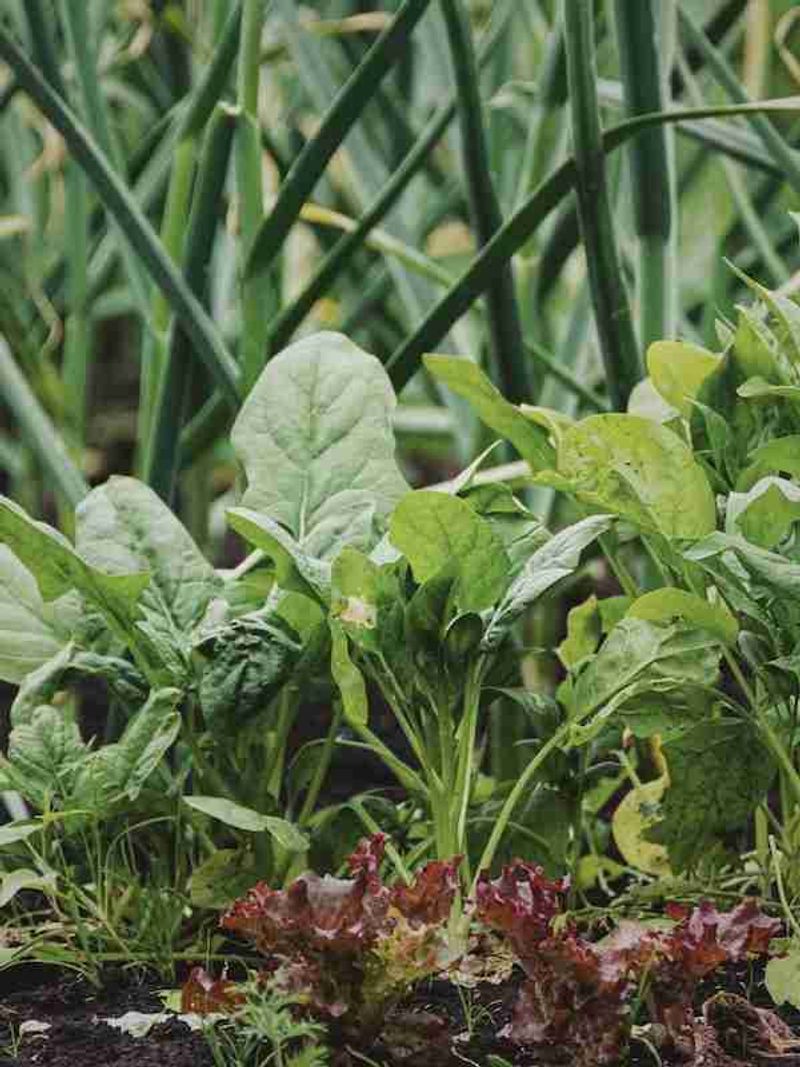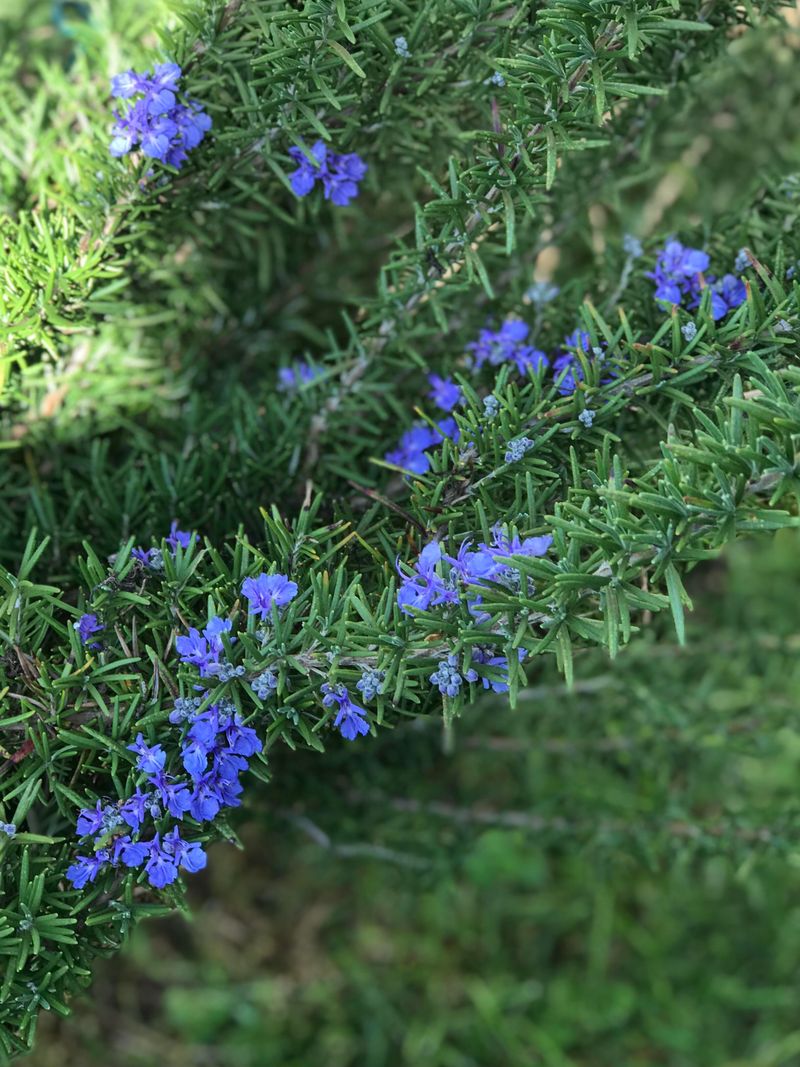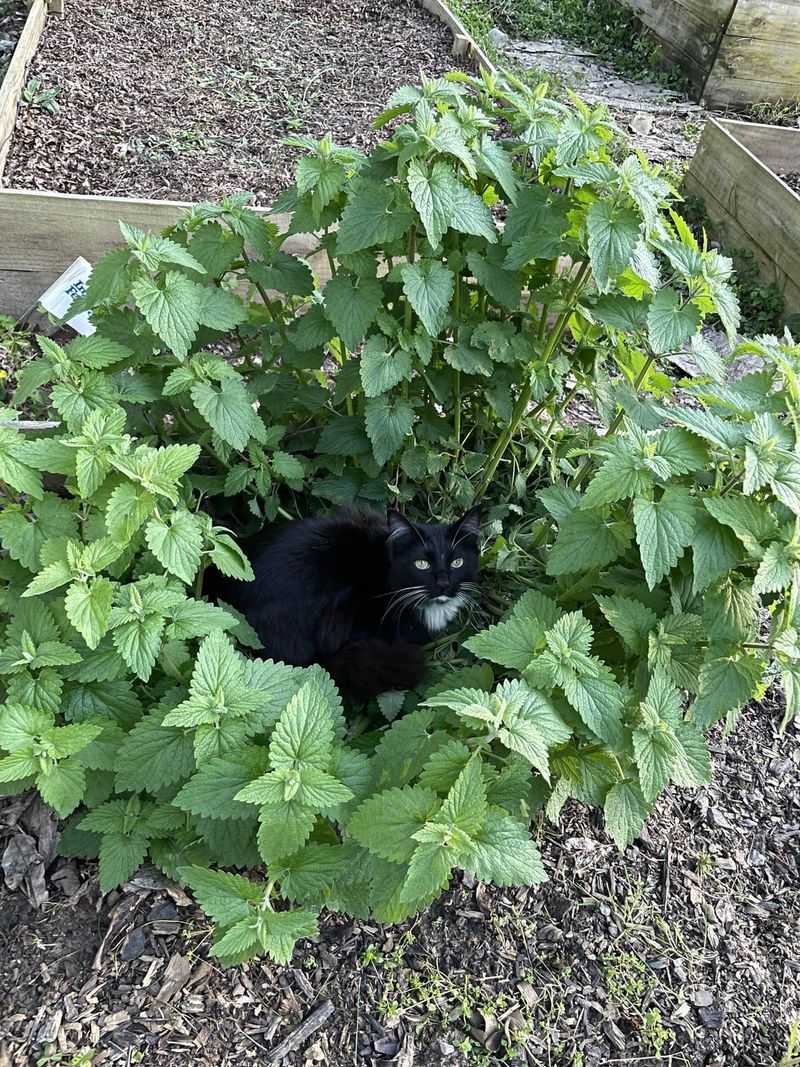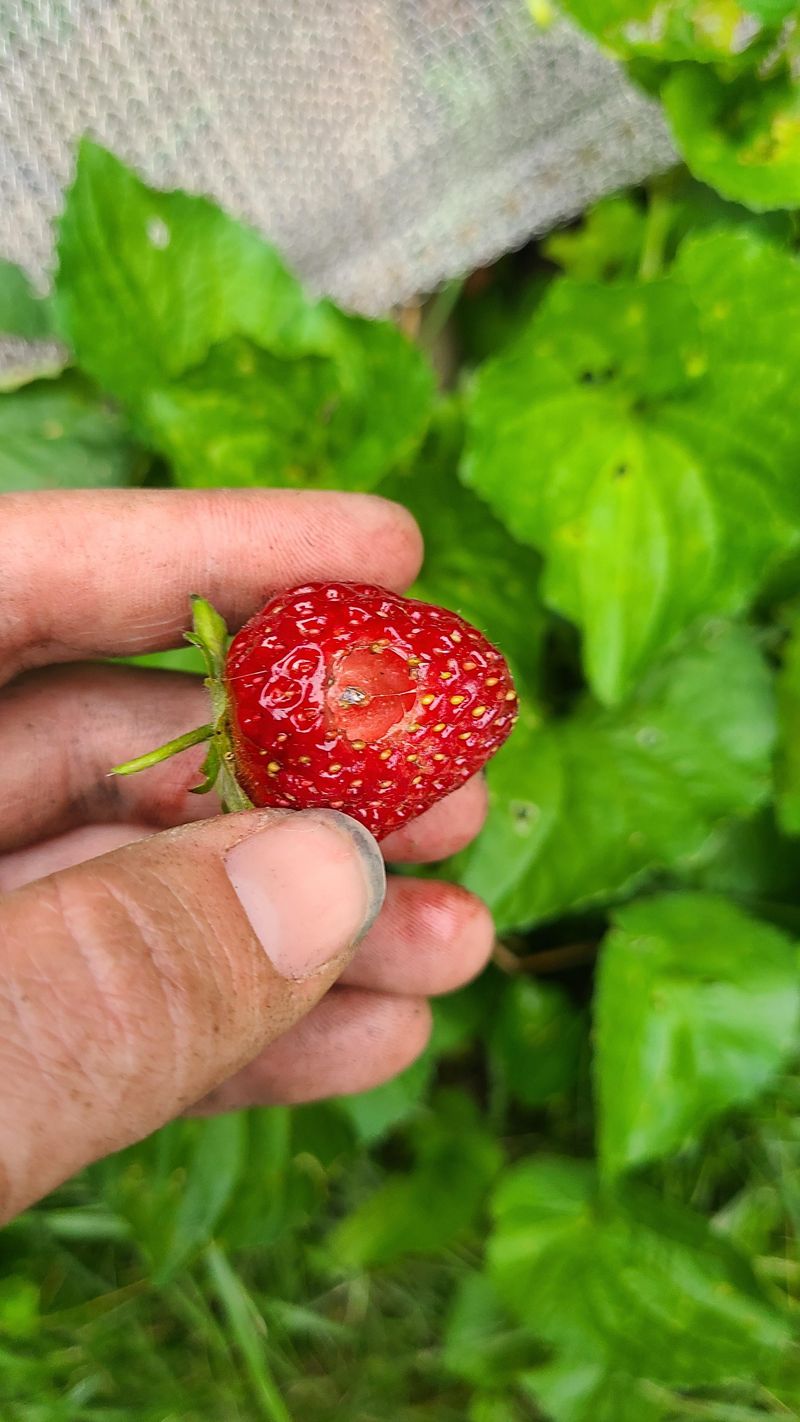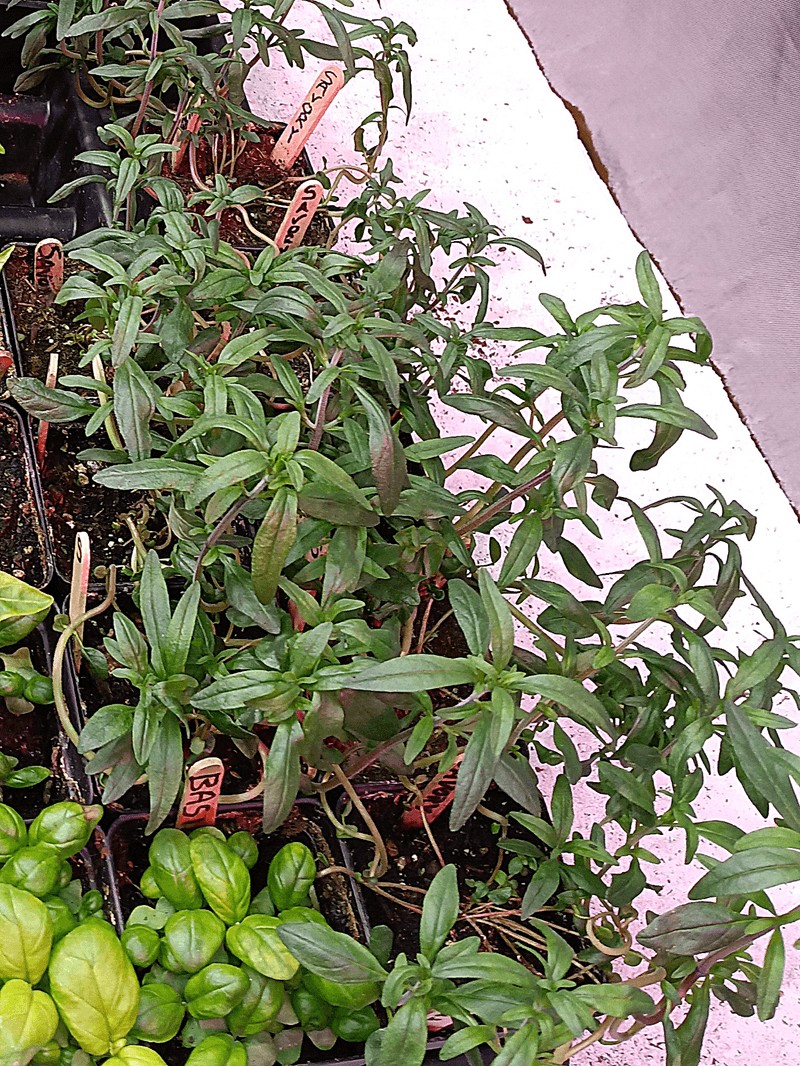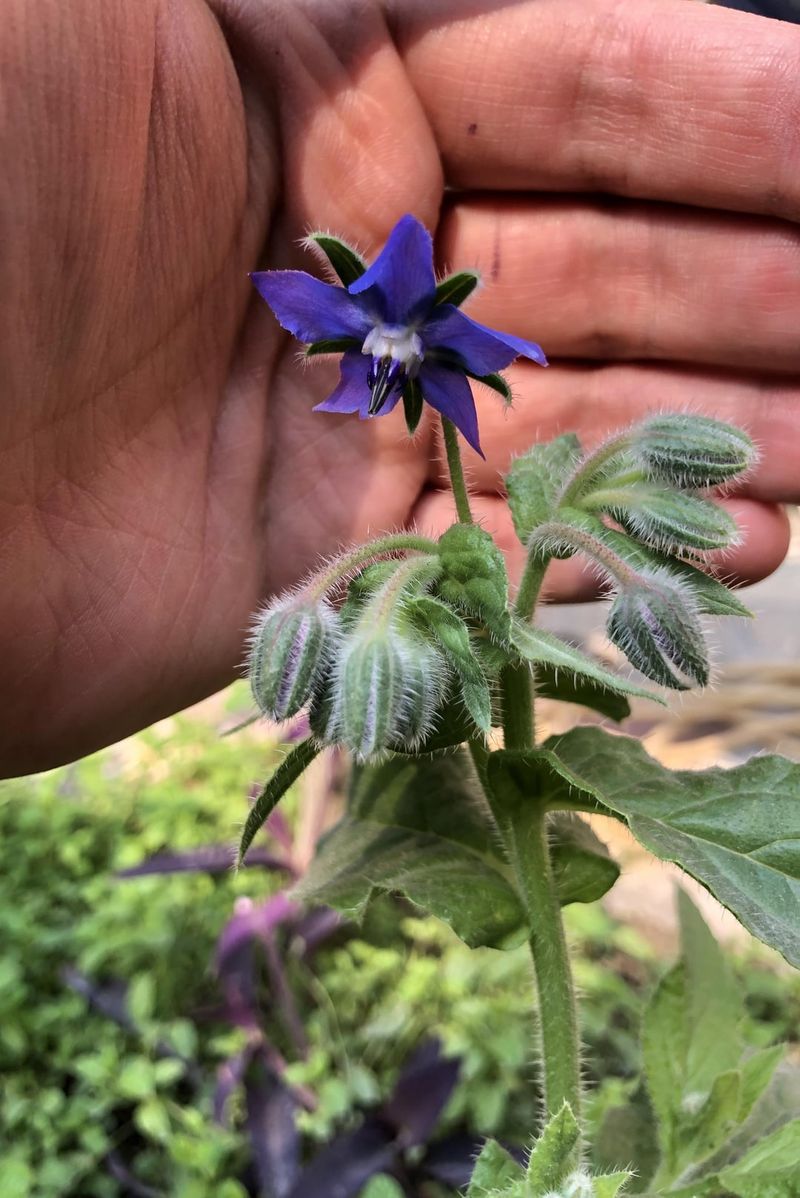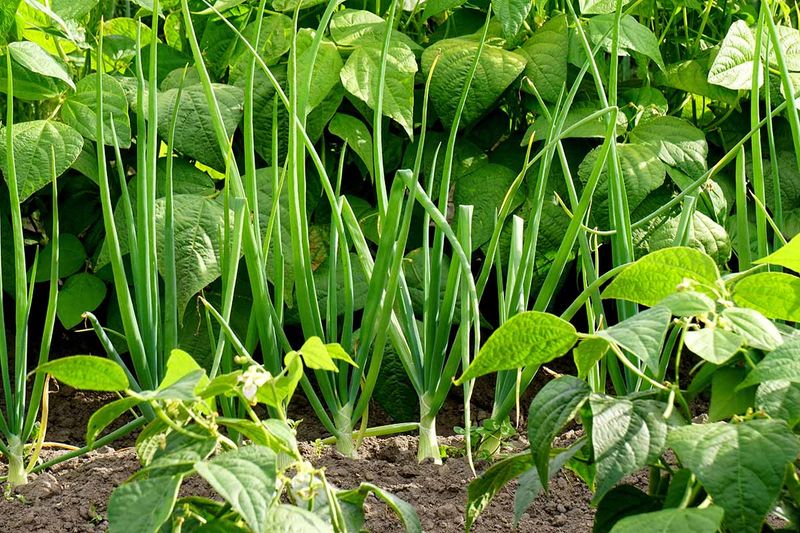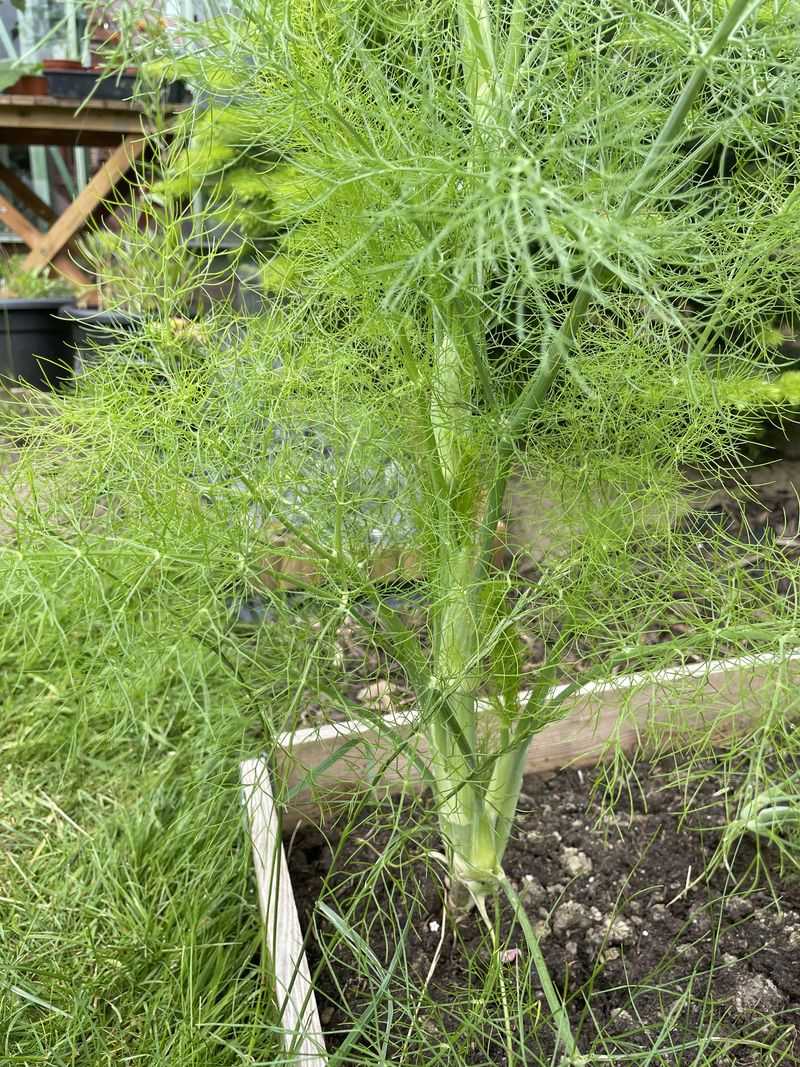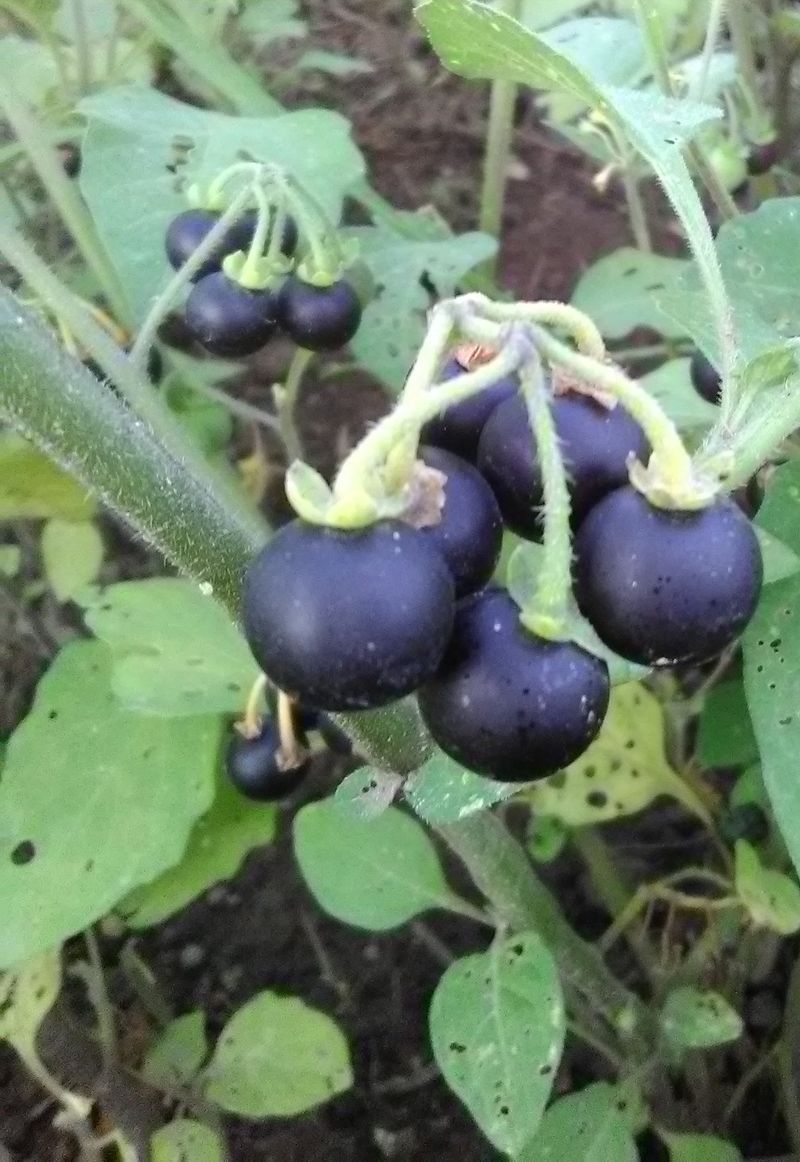Growing green beans gets even better when you team them up with the right garden buddies. Companion planting isn’t just an old gardener’s tale—it’s a smart strategy to get more out of your space. With the right pairings, your beans can flourish with fewer pests and better yields.
Some plants are great sidekicks, bringing in helpful insects or boosting the soil around your beans. Others aren’t so friendly and might actually slow their growth. Choosing wisely makes a big difference in your garden’s health and harvest.
It’s like building a little plant community, where everyone has a role to play. Get the mix right, and your green beans will reward you with a steady, delicious crop that reflects your thoughtful care
1. Corn
The classic “Three Sisters” companion planting method wasn’t developed by accident. Corn provides natural stakes for your climbing beans to grow up, eliminating the need for trellises.
In my experience, beans actually return the favor by fixing nitrogen in the soil that corn needs to thrive. This mutually beneficial relationship has been used by Native American gardeners for centuries.
Plant corn first, allowing it to reach about 6 inches tall before adding beans. The beans will climb the stalks without weighing them down too much if timed correctly.
2. Sunflowers
Much like corn, sunflowers serve as natural trellises for pole bean varieties. Their strong stalks provide excellent support while their broad leaves offer partial shade during hot afternoons.
Start sunflowers about two weeks before planting beans. The timing allows sunflowers to establish themselves first. I’ve found that mammoth varieties work particularly well since they grow tall and sturdy enough to support multiple bean vines.
Beyond structural support, sunflowers attract pollinators and beneficial insects that help protect your bean plants from harmful pests like aphids and bean beetles.
3. Marigolds
These bright flowers aren’t just pretty faces in the garden. Marigolds release compounds through their roots that repel nematodes and other soil pests that might damage bean roots.
Plant them around the perimeter of your bean patch for maximum protection. The strong scent also confuses many flying insects that might otherwise find your bean plants.
For me, French marigold varieties have proven most effective as bean companions. Their compact growth doesn’t compete for space, while still providing all the pest-repelling benefits your green beans need.
4. Nasturtiums
Acting as a sacrificial plant, nasturtiums attract aphids away from your precious bean plants. Aphids prefer nasturtiums, leaving your beans relatively untouched when planted nearby.
The bright flowers also attract pollinators and beneficial predatory insects. I’ve watched ladybugs feast on aphids that gathered on my nasturtiums instead of my beans – nature’s pest control at its finest!
As an added bonus, both the leaves and flowers are edible with a peppery taste similar to watercress. They make colorful, nutritious additions to summer salads alongside your harvested beans.
5. Carrots
Carrots make excellent neighbors for beans because they occupy different soil levels. While beans have shallow root systems, carrots grow downward, maximizing your garden space without competition.
The beans’ nitrogen-fixing ability benefits carrots, which are heavy nitrogen feeders. From my gardening journal, plots with beans and carrots together consistently produced better carrot yields than carrots grown alone.
Plant carrots a few weeks before beans for optimal timing. By the time beans start producing, carrots will be well-established but not yet ready for harvest – perfect companion timing.
6. Radishes
Quick-growing radishes can be planted between bean rows early in the season. They’ll be harvested long before beans need the extra space, making them perfect temporary companions.
Radishes help loosen soil for developing bean roots while their pungent odor confuses pests that might attack young bean seedlings. Growing them together maximizes early-season garden productivity. Try planting a row of radishes every two weeks between bean rows.
This succession planting provides continuous harvests and ongoing pest protection until your beans are established enough to fend for themselves.
7. Potatoes
Potatoes and beans form a mutually beneficial underground partnership. Potato plants help break up heavy soil, making it easier for bean roots to establish themselves.
Meanwhile, beans fix atmospheric nitrogen, converting it to a form potatoes can use for growth. The key is spacing them properly – about 18 inches apart gives both crops enough room.
In my garden, I’ve noticed fewer Colorado potato beetles when beans are nearby. The theory is that beans confuse these pests, making it harder for them to locate potato plants by scent.
8. Cucumbers
Growing cucumbers alongside beans creates a beneficial microclimate for both plants. Their similar water and sunlight needs make them compatible garden neighbors.
Both plants can share the same trellis system if you’re growing pole beans. The sprawling cucumber vines will spread horizontally while beans climb vertically, maximizing your garden space. From personal trials, I’ve found that interplanting these two crops helps reduce fungal issues.
The open growth pattern allows better air circulation around the plants, reducing humidity that leads to powdery mildew.
9. Celery
Celery’s strong aroma acts as a natural insect repellent, helping to protect bean plants from common pests. Its relatively shallow root system won’t compete with bean roots for nutrients and water.
Plant celery on the north side of beans to prevent shading issues. The celery benefits from the partial afternoon shade provided by taller bean plants during hot summer days.
I’ve noticed that bean plants growing near celery seem more resistant to bean beetles. The strong scent appears to mask the beans’ natural odor, making them harder for pest insects to locate.
10. Spinach
Spinach makes a perfect early-season companion for beans. By the time your beans hit their stride, the spinach will have been harvested, making it an efficient use of garden space.
The broad spinach leaves provide ground cover that helps retain soil moisture and suppress weeds around young bean seedlings. This natural mulch effect benefits beans during their early growth stages.
For continuous harvests, plant spinach between bean rows in early spring, then again in late summer after beans have finished producing. The beans will have enriched the soil with nitrogen for your fall spinach crop.
11. Rosemary
The strong aromatic oils in rosemary help mask the scent of bean plants from potential pests. Bean beetles and aphids have a harder time locating their favorite meal when rosemary grows nearby.
Plant rosemary at the corners of your bean patch for maximum effect without competition. As a perennial herb in many zones, it provides years of protection with minimal maintenance.
Beyond pest protection, rosemary attracts beneficial pollinators when in bloom. I’ve noticed increased bean yields in areas near my established rosemary plants, likely due to improved pollination rates.
12. Catnip
Catnip isn’t just for feline friends – it’s a powerful ally for bean growers too. The strong scent repels flea beetles, aphids, and Japanese beetles that might otherwise damage your bean plants.
Keep catnip contained in pots near your bean patch rather than planting directly in the garden. This herb can become invasive if left unchecked, but its pest-repelling properties make it worth including.
As an added benefit, catnip flowers attract beneficial predatory insects like lacewings and ladybugs. These garden helpers feed on pests that might damage your beans.
13. Strawberries
Strawberries form a living mulch beneath bean plants, covering bare soil and reducing weed competition. Their low growth habit doesn’t interfere with bean development.
The shallow root systems of both plants occupy different soil layers, preventing competition for nutrients. Beans also fix nitrogen that benefits strawberry plants throughout the growing season.
When planning this pairing, use bush beans rather than pole varieties to prevent excessive shading. I’ve found June-bearing strawberries work best, as they produce their crop before beans reach full size.
14. Summer Savory
Often called the “bean herb,” summer savory has been planted alongside beans for centuries. The aromatic foliage repels bean beetles while attracting beneficial pollinators to your garden.
Beyond pest protection, summer savory actually enhances the flavor of green beans when cooked together. Plant them side by side for convenience when harvesting both for the kitchen.
I’ve observed fewer black aphids on bean plants growing near summer savory. The herb seems to emit compounds that interfere with the aphids’ ability to locate and colonize bean plants.
15. Borage
Borage’s star-shaped blue flowers attract pollinators that help increase bean yields. The plants also attract beneficial insects like tiny parasitic wasps that prey on bean-eating caterpillars.
When borage leaves decompose, they add trace minerals to the soil that benefit bean plants. The deep taproot also helps break up compacted soil, improving drainage around bean roots.
Allow some space between borage and beans, as mature borage plants can reach 3 feet tall. Plant them on the north side of your bean patch to prevent unwanted shading of your bean plants.
16. Onions
Avoid planting onions near your bean plants. Onions release compounds that inhibit the growth of the beneficial nitrogen-fixing bacteria that beans rely on to thrive.
When beans can’t form these bacterial relationships, their growth becomes stunted and yields decrease significantly. In test plots, beans planted near onions produced about 30% fewer pods.
If you must grow both in the same garden, keep them in separate beds with at least 3-4 feet between them. This distance helps prevent the onions’ growth-inhibiting compounds from affecting your bean plants.
17. Fennel
Keep fennel far away from your bean patch. This herb releases compounds that inhibit the growth of many plants, including beans – a phenomenon known as allelopathy.
Beans planted near fennel often show poor germination rates and stunted growth. Even when they do grow, the yields are typically much lower than beans planted elsewhere in the garden.
Give fennel its own dedicated space at least 5 feet from your bean plants. Better yet, plant it in a completely separate garden bed to prevent its allelopathic effects from harming your bean harvest.
18. Sunberries
Sunberries (also called wonderberries) compete aggressively with beans for nutrients and water. Their extensive root systems can outcompete bean plants, resulting in poor bean development.
These nightshade relatives also attract similar pests and can serve as reservoirs for diseases that affect beans. Colorado potato beetles and flea beetles that attack sunberries will happily move to your bean plants.
If you’re determined to grow both, maintain at least 4 feet between them and monitor closely for pest issues. I’ve had better success keeping these plants in completely separate areas of my garden.

